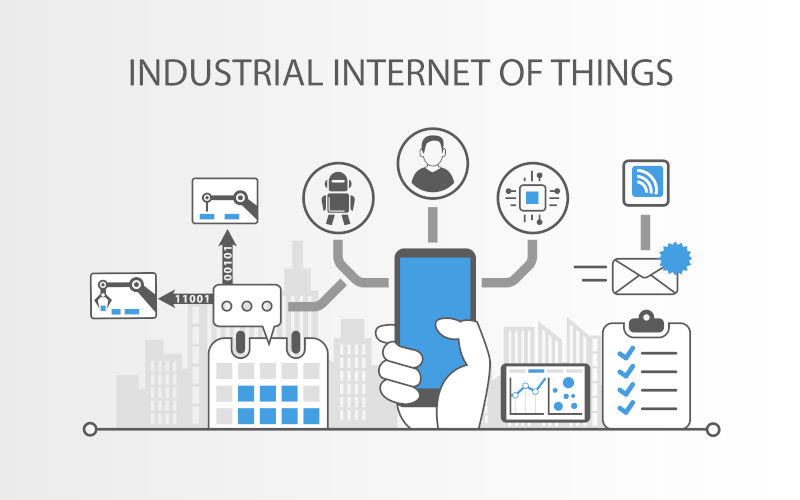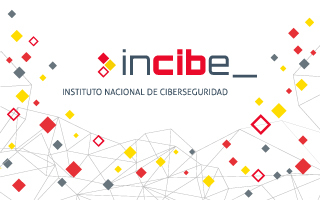
UMAS (Unified Messaging Application Services) is a Schneider Electric (SE) proprietary protocol used to configure and monitor Schneider Electric programmable logic controllers (PLCs). While it is true that the protocol is related to this manufacturer, the use of the protocol is quite widespread in different sectors, especially the energy sector, as is obvious.
The article will focus on the technical breakdown of the protocol and the use of the protocol. The article will also show weaknesses, strengths and some technical vulnerabilities detected in this protocol.

The UN R155 and UN R156 regulations are of vital importance for vehicle cybersecurity. From July 2022, all car manufacturers that want to be type-approved must comply with both regulations, but from July 2024 this requirement will be extended to all new vehicles sold in the European Union, regardless of when the manufacturer obtained type-approval. One of the most important aspects of compliance with both regulations is the completion of a cybersecurity risk assessment of the vehicle, including all integrated components of the vehicle's supply chain. On the other hand, it also specifies how to incorporate cybersecurity from design, how to detect and respond to incidents, how to securely update vehicle software, etc.

In the electricity sector, it has always been necessary to use robust communications that allow proper communication, since a failure in this sector would cause a large number of losses, both economic and social.
In addition, with the technological advances, it is important also to have secure communications since the electricity sector is one of the sectors that currently suffers the most cyber-attacks. For this reason, in recent years different robust and secure protocols have been created.
One of these protocols is DNP3, created mainly for the use of substation automation and control systems, for the electric utility industry, although it has now also been used for other sectors.
Finally, in this article we want to explain in more depth the operation of this protocol and the benefits or disadvantages of using this protocol.

CAPEC (Common Attack Pattern Enumeration and Classification) is a project that focuses on enumerating and classifying common attack patterns on computer systems and providing a systematic approach to understanding and addressing the tactics used by attackers. Like CWE (Common Weakness Enumeration), CAPEC is an initiative of the computer security community and is maintained by the National Institute of Standards and Technology (NIST) in the United States. Recently in version 3.9, the project has incorporated a number of attack patterns related to the industrial world.
This article aims to show the reader the use of these codes, such as those used at the identifier level in CVEs, CWEs, etc., and which are related to many of the jobs that are carried out on a daily basis in the industrial cybersecurity sector.

The automotive world has always been one of the most cutting-edge sectors in terms of the technology used, which is why today's cars are equipped with technologies such as Bluetooth, NFC, GPS, etc., which improve different aspects such as comfort, fuel efficiency and increased safety.
But these implemented technologies can also bring with them serious problems, such as the risk of cyber-attacks that can affect passengers in the vehicle, both at the level of personal data and physical security.
For this reason, this article aims to provide an insight into some of the cyber-attacks that smart cars have suffered and how cyber-security is evolving and adapting to make more and more vehicles cyber-safe.

IoT networks are very useful for everyday life, but their use is not limited only to this type of environment; there are industrial environments where this type of networks can benefit connectivity between industrial devices and provide capabilities that other types of networks could not. The 3rd Generation Partnership Project or 3GPP developed the NB-IoT protocol, a protocol for when networks with higher performance, higher speed and high interconnectivity capacity between devices are required. This protocol can work both in IoT devices and in IoT devices in the industrial environment (IIoT).

The evolution of communications in society is also having an impact on the industrial world. With the arrival of 5G, many industrial companies have considered migrating some of their communications to take advantage of the characteristics of this new mobile communications band, such as the reduction of latency times, the increase in connection speed or the exponential increase in the number of devices that can be connected to the network. These characteristics fit perfectly with the industrial mentality, where there are a multitude of interconnected devices between which there cannot be a communication cut due to the criticality of the processes they implement.
This article aims to comment, in addition to all the advantages that 5G provides to the industry, the different uses that can be given currently and the complexity of implementing these communications in some devices for subsequent deployment in the industry. Also, to specify possible vulnerabilities in communications using 5G networks.

In recent years, the constant technological evolution has made possible a large number of advances that would have been unthinkable years ago. In industrial environments, one of the latest developments that promises to stand out and is here to stay are virtual PLC.
The virtualization of these controllers will make it possible to decouple the hardware from the software, i.e. the software will be installed in the engineering stations, while the hardware will remain in another area outside the production area.

The Industrial Internet of Things (IIoT) has experienced considerable growth in recent years, providing crucial improvements. However, it also has some limitations in terms of consumption, security, cost or scalability. In this blog, we will see how the appearance of LoRaWAN in this area can solve part of those limitations.



